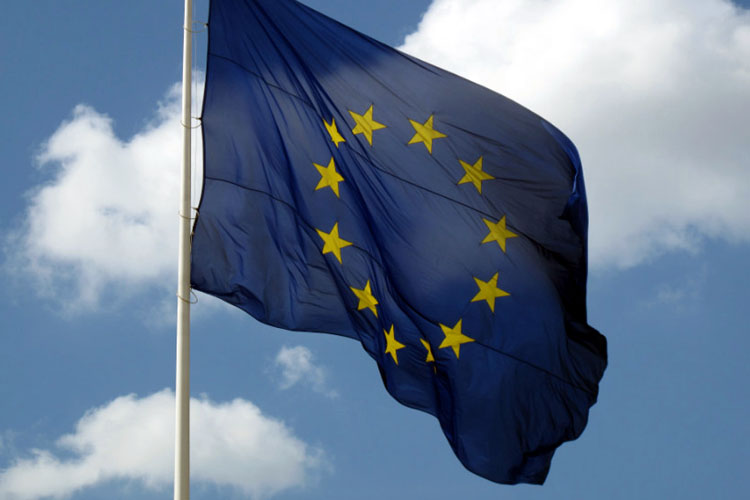
Category: CSS Study Material
you can download all CSS related study material in pdf, like PDF Books for CSS, Notes for CSS in PDF and all other important data


How Many Languages Are There In The World?
Number of Languages in the World
There are about 7,099 languages spoken in the world. This number is constantly increasing because new world’s languages emerge every day. These languages are dynamic and living. With modernization, a third of these languages face the risk of extinction.
Many factors such as spread of old civilizations, terrain, and cultural history determine the number of languages spoken at a particular region. A great number of people use major languages such as European or Asian languages. Pacific languages that make 18.5% of the languages in the world have few speakers than what the region registers. | How Many Languages In The World
Check also: English Grammar MCQs
Percentage of the World’s Language by Region
The Asian continent has the largest percentage in terms of the number of languages spoken, which is 32%. Africa continent follows closely with 30%. Pacific is third with 18.5%, America fourth with 15%, and lastly Europe having 4%. These statistics reveal that almost two out of three languages spoken are from Asia and Africa. Statistics further reveal that Asia has 2,294 languages with 3.9billion speakers while Africa has 2,144 languages with 887million speakers. How Many Languages In The World
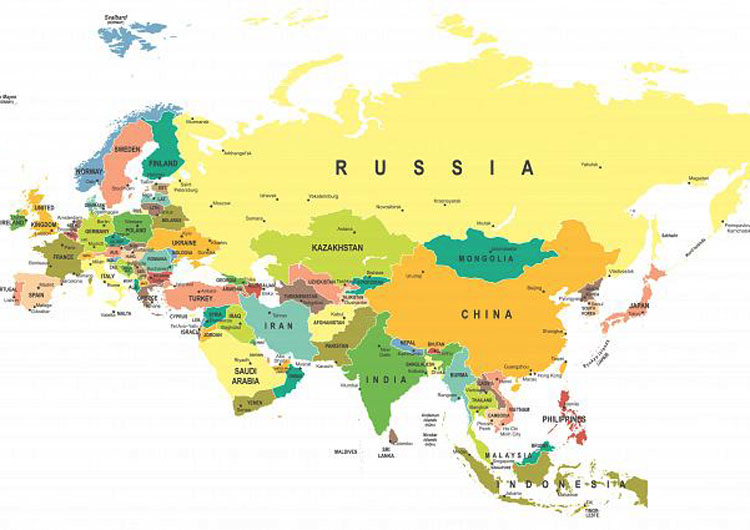
How Is The Border Between Europe And Asia Defined?
Transcontinental countries, mountains, and rivers are part of the physical border between Asia and Europe. However, political factors also play a part in its definition.
Boundaries between continents are somewhat a matter of geographical convention. The number of continents that the Earth is considered to have can range between six or seven, although the count can go as low as four when Afro-Eurasia and Americas are combined as continents. There are only three overland boundaries in existence. These boundaries include the ones between Asia and Europe, between Africa and Asia, and between North and South America.
Overview Of Eurasia
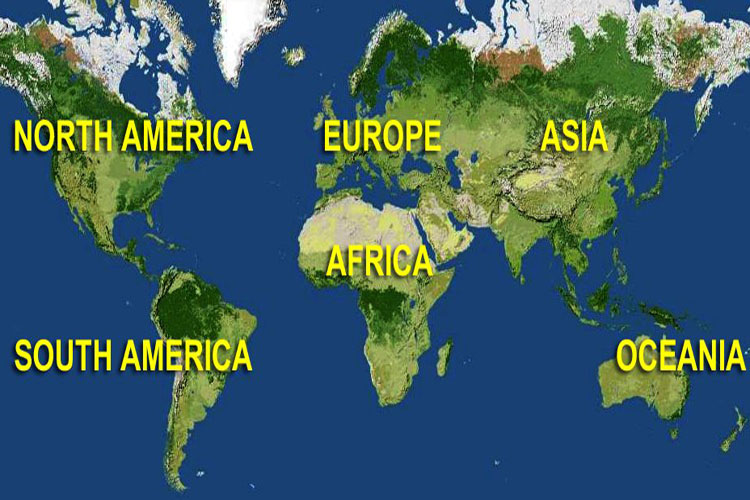
Countries and Currencies, Religions & Languages | General Knowledge Series
Afghanistan
- Religion: Islam (99%)
- Currency: Afghani
- Language: Afghan Persian (Dari), Pashto
Albania
- Religion: Islam (70%)
- Currency: Lek
- Language: Albanian (Tosk) is official
Algeria
- Religion: Islam (official)
- Currency: Dinar
- Language: Arabic (official), French, Berber dialects
Andorra
- Religion: Roman Catholic
- Currency: Euro
- Language: Catalan (official), French
Angola
- Religion: Christianity (Roman Catholicism, Protestantism), traditional beliefs
- Currency: Kwanza
- Language: Portuguese (official), Bantu dialects
Antigua and Barbuda
- Religion: Christianity
- Currency: East Caribbean Dollar
- Language: English (official), local dialects
Argentina
- Religion: Roman Catholicism (official)
- Currency: Argentine Peso
- Language: Spanish (official), English, Italian, German, French
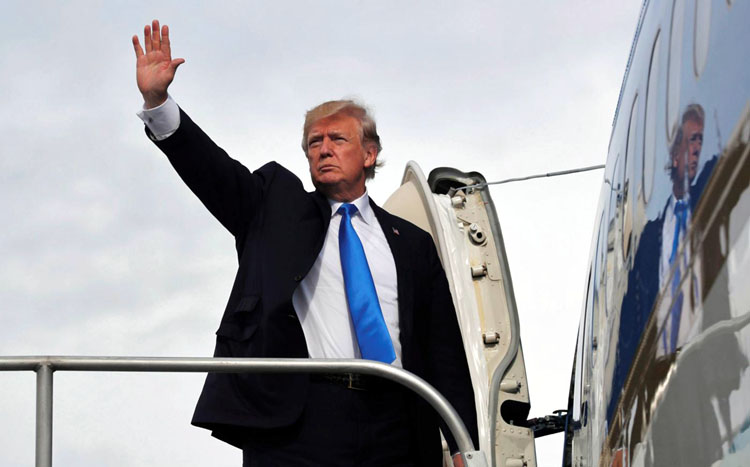
The US-EU relation in a Trump Administration
“As you go forward, you can be confident that your greatest ally and friend, the United States of America, stands with you, shoulder-to-shoulder, now and forever. Because a united Europe remains the hope of the many and a necessity for us all.” With those unequivocal words, President Obama concluded his “Address to the People of Europe” delivered in Berlin, April 25, 2016; a few months later, the 44th President addressed once again —and for the last time as a President— a gesture of friendship and consideration to his European partners, as he chose the Old Continent for his farewell foreign tour, visiting Germany and Greece. The relations between the Obama Administration and its European counterparts, although consistently cordial, had nevertheless not always been as warm as they were in 2016; in particular, as he stepped into the Oval Office, some policies of the former Chairman of the Senate Foreign Relations Subcommittee on European Affairs, such as the “Russian Reset” and the “Pivot to Asia,” indeed made the European leaders fear an American disinterest in the century-old American-European alliance. Yet, those tensions and worries were to be short-lived, as President Obama demonstrated on many occasions that he was willing to work in close cooperation with the European heads of states and the EU leadership on decisive issues like, to name but a few, the financial crisis of 2008-2009, the Iran nuclear deal, and the fight against global warning, culminating in the Paris Agreement. What is more, President Obama had consistently expressed, throughout both of his terms, his support for a strong and integrated European Union, to the point of getting occasionally involved in the EU internal affairs. He notably visited London a couple of months before the United Kingdom European Union membership referendum, and strongly warned the British people against a potential Brexit. “The European Union doesn’t moderate British influence; it magnifies it,” he declared, before stressing as a conclusion of his speech the exceptional ties which have bound and still bind the Atlantic partners, stating “together, the United States, the United Kingdom, and the European Union have turned centuries of war in Europe into decades of peace, and worked as one to make this world a safer, better place.” Yet, it seems that the transition from the Obama to the Trump Administration will trigger— and actually has already triggered— a radical shift in US-EU relations.
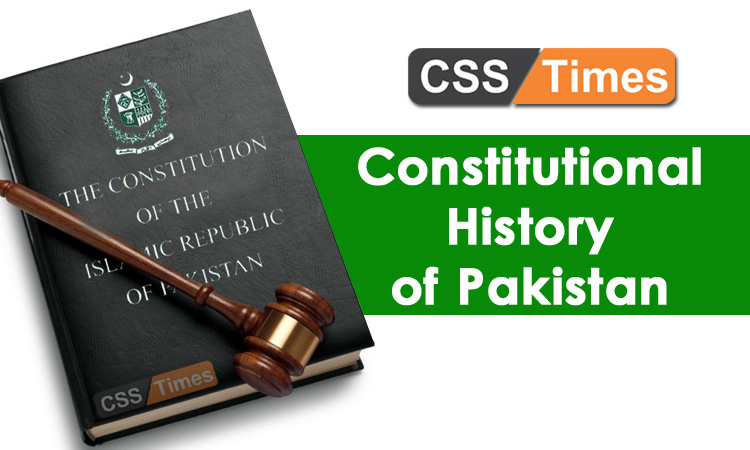
The Islamic Republic of Pakistan covers nearly 804,000 square kilometres of the former Indus Valley. Today, it shares borders with Iran and Afghanistan on the west, China on the north, the Arabian Sea on the south, and India on the east. While Pakistan is ethnically diverse, it is overwhelmingly Muslim, which has led to tensions with India over the former British-Indian states of Jammu and Kashmir on the northeast boarder. Additionally, hyper urbanization has led to class tension. Out of 187 million citizens, 36 percent live in cities, with approximately 830,000 people in the capital city of Islamabad. The largest city, Karachi, contains 13 million people.
Constitutional history of Pakistan
Prior to its independence from Britain in 1947, Pakistan was originally governed under the Government of India Act of 1935. This act, drafted by the colonial master Britain, functioned as Pakistan’s constitution at the time and provided for a strong central government, a governor-general with unreviewable powers, and very limited representation which continued feudal-like politics. Following independence, a constituent assembly was elected and tasked with drafting a new Constitution. On 23 March 1956, after a difficult drafting process that included a replacement of the assembly by the governor-general, a new constitution was adopted. It abolished the office of the governor-general and replaced it with a president and prime minister who would share the executive functions. In addition, it created a unicameral legislature with equal seats for the East and West Pakistan, but it maintained the central power of the government by ensuring that the President remained powerful and the provinces never had more power than the national government.